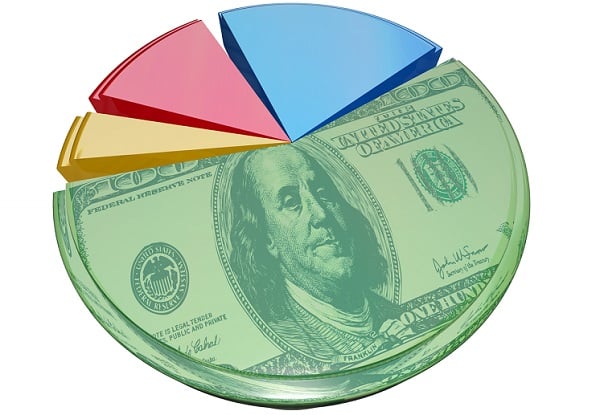 The Kaiser Family Foundation finds that from 2008 to 2018, average premiums for a family on a large employer health plan increased 55 percent, while average cost-sharing increased 70 percent. (Image: Shutterstock)
The Kaiser Family Foundation finds that from 2008 to 2018, average premiums for a family on a large employer health plan increased 55 percent, while average cost-sharing increased 70 percent. (Image: Shutterstock)
Traditionally, generous health coverage has been one of the benefits of working for a large employer. Big businesses and large public sector agencies are able to leverage their size to negotiate better rates with insurers.
However, those with access to large employer health plans have not been insulated from the rapid increase in health care costs over the past two decades. As insurers have demanded higher prices, employers have shifted a bigger share of the cost onto employees in the form of higher premiums, copays and deductibles.
Related: 10 states paying the most for employer-sponsored health care premiums
A new study by researchers at the Kaiser Family Foundation finds that from 2008 to 2018, average premiums for a family on a large employer health plan increased 55 percent, while average cost-sharing increased 70 percent. During that time, average wages only rose 26 percent.
As a result, average annual health care spending by families covered by large employers has increased by two-thirds, from $4,617 to $7,726. For lower-wage employees of large firms, that amounts to a significant share of their annual income.
Most of the change is due to the cost of health care, rather than employers shifting the burden to workers. Between 2008-18, the average portion of health care costs covered by employers only declined slightly, from 68 percent to 66 percent.
In fact, the average large employer covers a larger share of prescription drug costs now (89 percent) than they did a decade ago (80 percent). The average employer share of inpatient services has remained flat, at about 93 percent. Meanwhile, employers have decreased the share of outpatient services they cover from 84.8 percent to 80.8 percent.
Perhaps the most notable change in plan design has come from the rise in high deductibles. Far more workers have annual deductibles and the size of the average deductible has risen significantly. In 2003, only 20 percent of the average employee's out-of-pocket costs went towards a deductible. By 2017, deductibles accounted for 51 percent of out-of-pocket spending.
Read more:
© Touchpoint Markets, All Rights Reserved. Request academic re-use from www.copyright.com. All other uses, submit a request to [email protected]. For more inforrmation visit Asset & Logo Licensing.






